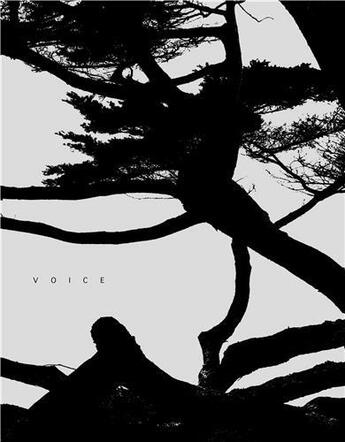-
Date de parution : 20/12/2022
-
Editeur :
Nazraeli
-
EAN : 9781590055854
-
Série :
(-)
-
Support :
Papier
Résumé:
Jungjin Lee's extraordinary new artist's book, Voice, comprises 46 large-scale photographs made in 2018 and 2019. While the photographs were originally made in deserts, mountains, oceans and plains, the artist writes, «My images should be seen as metaphors, a form of meditation. I do not depict... Voir plus
Jungjin Lee's extraordinary new artist's book, Voice, comprises 46 large-scale photographs made in 2018 and 2019. While the photographs were originally made in deserts, mountains, oceans and plains, the artist writes, «My images should be seen as metaphors, a form of meditation. I do not depict landscapes or nature. The desert allows me to see my inner self, and my goal is to make images of what I feel there: the eternal sense of being open and present to the world.» Lee's work has expanded the boundaries of the photographic process to create images that are simultaneously textural and minimalist. After printing an image on hand-emulsified cotton or mulberry paper, she then alters its finish, using technological processes that result in a distinct, high contrast image. Born in Korea in 1961, Lee began photographing while a student at Hongik University in Seoul, where she earned a BFA in ceramics in 1984. After graduating, Lee worked as a photo journalist and freelance photographer. She earned an MA in Photography from New York University in 1991. While in New York City, Lee worked for the photographer Robert Frank. Later, she traveled across the country and was deeply moved by the American desert, which became the subject of several of her photographic series. Lee's work has been exhibited widely and is in countless collections, including the The Metropolitan Museum of Art, Whitney Museum of American Art, LA County Museum of Art, Houston Museum of Fine Arts, the National Museum of Modern and Contemporary Art in Gwacheon, Korea, the Seoul Museum of Art, and the Goeun Museum of Photography in Busan, Korea. Her work has been the subject of numerous publications; Voice is the Jungjin Lee's third monograph with Nazraeli Press.
Donner votre avis









